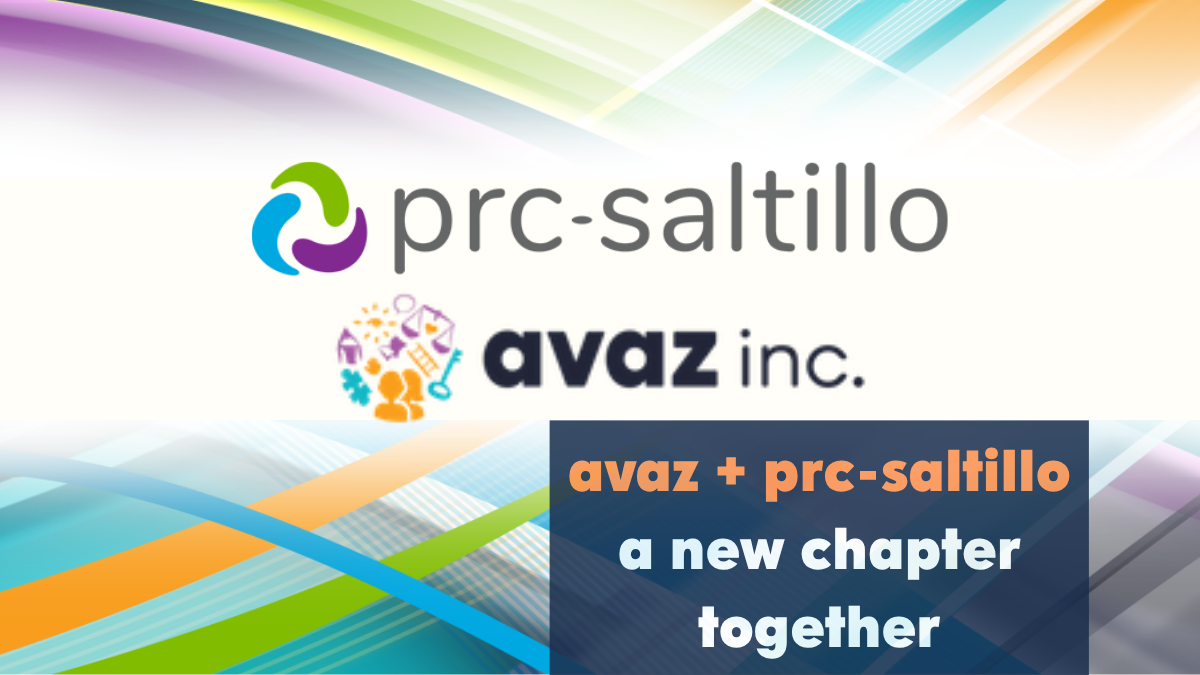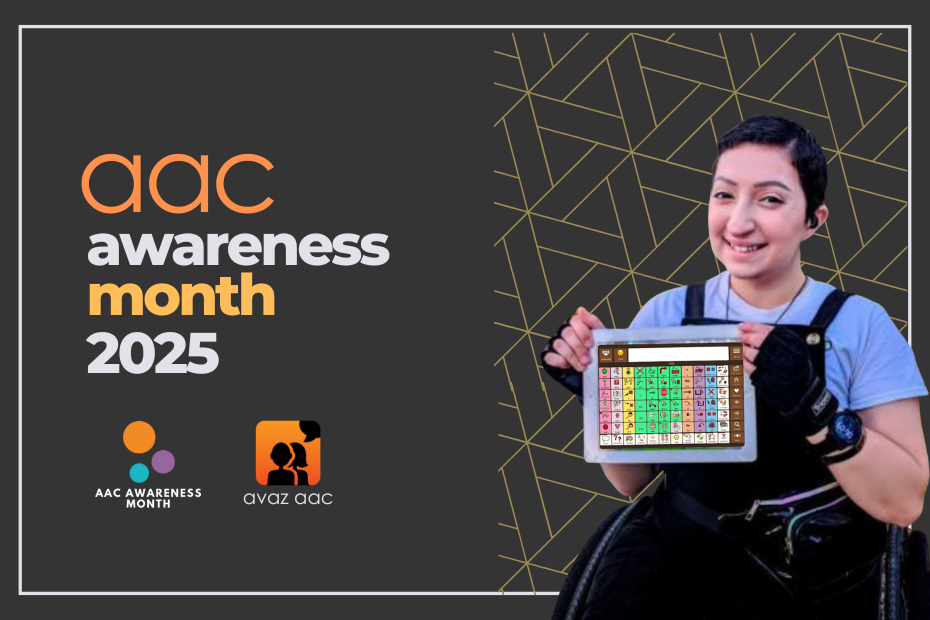

Artificial Intelligence (AI) has become a buzzword in recent years, sparking both excitement and apprehension. In the field of Augmentative and Alternative Communication (AAC), AI has the potential to revolutionize the way individuals with communication disabilities interact with the world.
However, there are several myths and misconceptions surrounding AI in AAC that need to be debunked. By separating fact from fiction, we can gain a clearer understanding of the capabilities and limitations of AI in AAC, enabling us to understand its true potential. In this blog, let’s dive into 5 common myths surrounding AI and AAC.
Myth 1: AI in AAC Can Fully Replace Human Intelligence
AI systems can analyze and interpret data, recognize patterns, and generate responses based on Algorithms and Machine Learning (Machine learning trains systems to learn and improve data over time without extensive manual programming). AI-powered AAC systems can act as a tool to assist individuals with communication difficulties by augmenting their communication abilities.
For example: In a classroom discussion, an AAC user types their response in their AI-integrated AAC which supports by suggesting relevant words or phrases for the response. The underlying concept behind the AAC user’s discussion point is that of the user’s grasp of the topic and personal opinion. The AI will act as an enhancement for the user to convey their message.
It is important to keep in mind that, communication involves more than just language. It consists of building relationships, understanding social dynamics, and much more!
Myth 2: Too Many Privacy and Security Concerns
AI in AAC brings up valid concerns about privacy and security. However, these concerns can be addressed by implementing strong safeguards and protocols. It is essential to make sure that AAC systems using AI follow strict privacy standards, securely store data, and use encryption methods. Creating clear guidelines and policies is crucial to protect user information and maintain confidentiality. This way, privacy risks can be avoided and trust can be built amongst AAC users.
Myth 3: AI in AAC Is Only for Tech-Savvy Individuals
It is quite common to assume AI is considered for individuals with tech proficiency. Artificial intelligence has been around for a long time and we have been incorporating AI in our daily lives. Self-driving cars, Smart home devices, Security Systems, and chatbots as online customer support, and even streaming services like Netflix and Spotify use AI algorithms to recommend personalized content.
Watch how Avaz and Alexa help autistic children connect with the word around them
AI-powered AAC systems can be tailored to individual preferences and needs. They can adapt to an individual’s communication style, vocabulary, and unique requirements without the need for the user to be highly tech-savvy.
Myth 4: It is Beneficial Only for Individuals with Severe Communication Disabilities
While individuals with severe communication disabilities may benefit greatly from AI in AAC, it can also support individuals with mild to moderate communication difficulties. AI can assist with word prediction, language generation, and customization. As a result it enhances communication for individuals at various levels of need.
For example: An AAC user in an office environment, is looking to participate in a discussion. AI algorithms can learn from the user’s vocabulary pattern used in office setting and suggest words specific to their needs. Over time, the system can become more accurate with the adaptation of the user’s commonly used vocabulary. This enables faster communication and reduced frustration.
Myth 5: AI Cannot Understand Contextual Communication
While having limitations in fully understanding contextual communication unlike humans, AI-powered AAC systems utilizing Natural Language Processing (NLP) techniques can analyze and interpret human language. Through NLP, AI can recognize contextual cues like sentence structure & grammar, thereby better comprehending the intended meaning.
By using contextual awareness features, AI can improve the user’s communication even better and faster.
For example: Say an AAC user is at a social gathering. At a command from the AAC user, AI can customize a folder with relevant phrases consisting of greetings, and topics commonly associated with social interactions. It will be ready, on demand, for the AAC user to communicate with ease.
Advances in NLP, Machine Learning, Personalization, and Contextual Features contribute to the ongoing progress in AI’s understanding of the AAC system, making it a valuable tool in AAC.
What are some of the thoughts you have on Artificial intelligence (AI) and AAC? Let us know in the comments below 🙂



